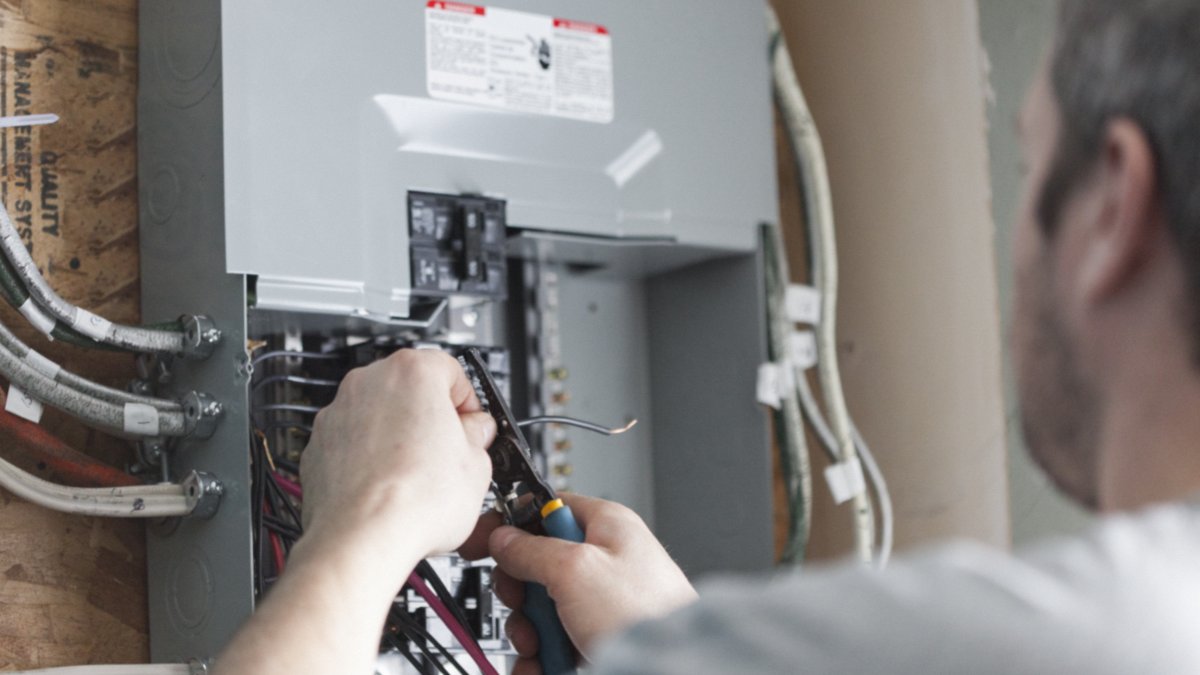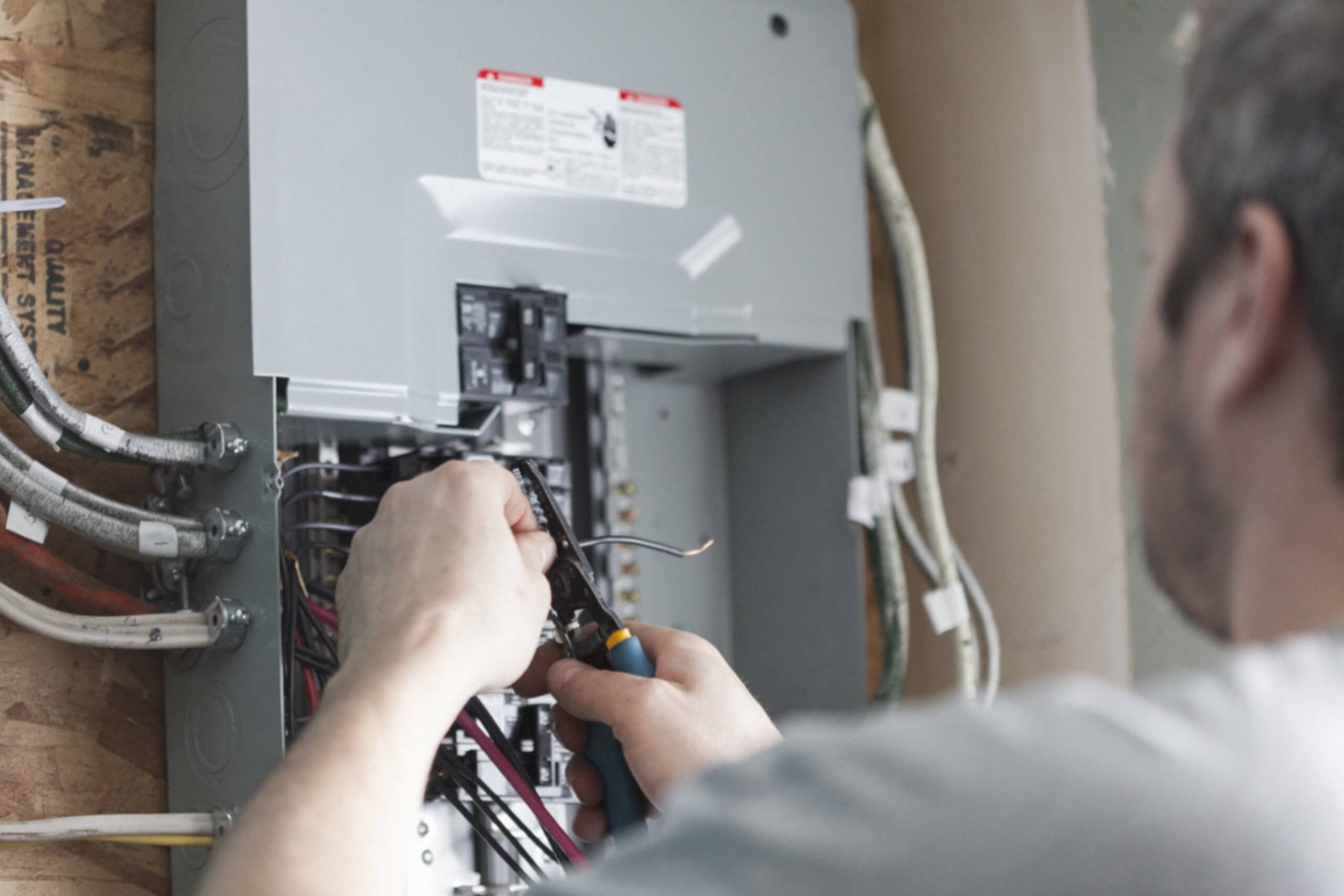
Upgrading your home’s electrical infrastructure is a crucial step towards ensuring safety, efficiency, and the ability to handle modern electrical demands. Whether you live in an older home with outdated wiring or a newer one that needs to support more sophisticated electronics and appliances, understanding the process and benefits of upgrading your electrical system is essential. This article will guide you through the key aspects of upgrading your home electrical infrastructure, providing valuable insights into planning, execution, and the advantages of modern electrical systems.
1. Assessing Your Current Electrical System
Before embarking on an upgrade, it’s important to thoroughly assess your current electrical system. This initial step will help you identify any deficiencies, potential hazards, and areas that require improvement.
Key Assessment Areas:
- Wiring: Check the condition of your home’s wiring. Older homes may still have aluminum wiring, which is prone to overheating and should be replaced with copper wiring.
- Outlets and Switches: Inspect all outlets and switches for signs of wear, such as discoloration, sparks, or loose connections.
- Circuit Breakers: Evaluate the circuit breakers for any that frequently trip, indicating an overload or short circuit.
- Grounding: Ensure that your home has a proper grounding system to protect against electrical surges and shocks.
If you’re unsure about how to conduct a thorough assessment, consider hiring a licensed electrician to perform an electrical inspection. This professional evaluation will provide a detailed overview of your system’s current state and highlight necessary upgrades.
2. Understanding the Need for Upgrades
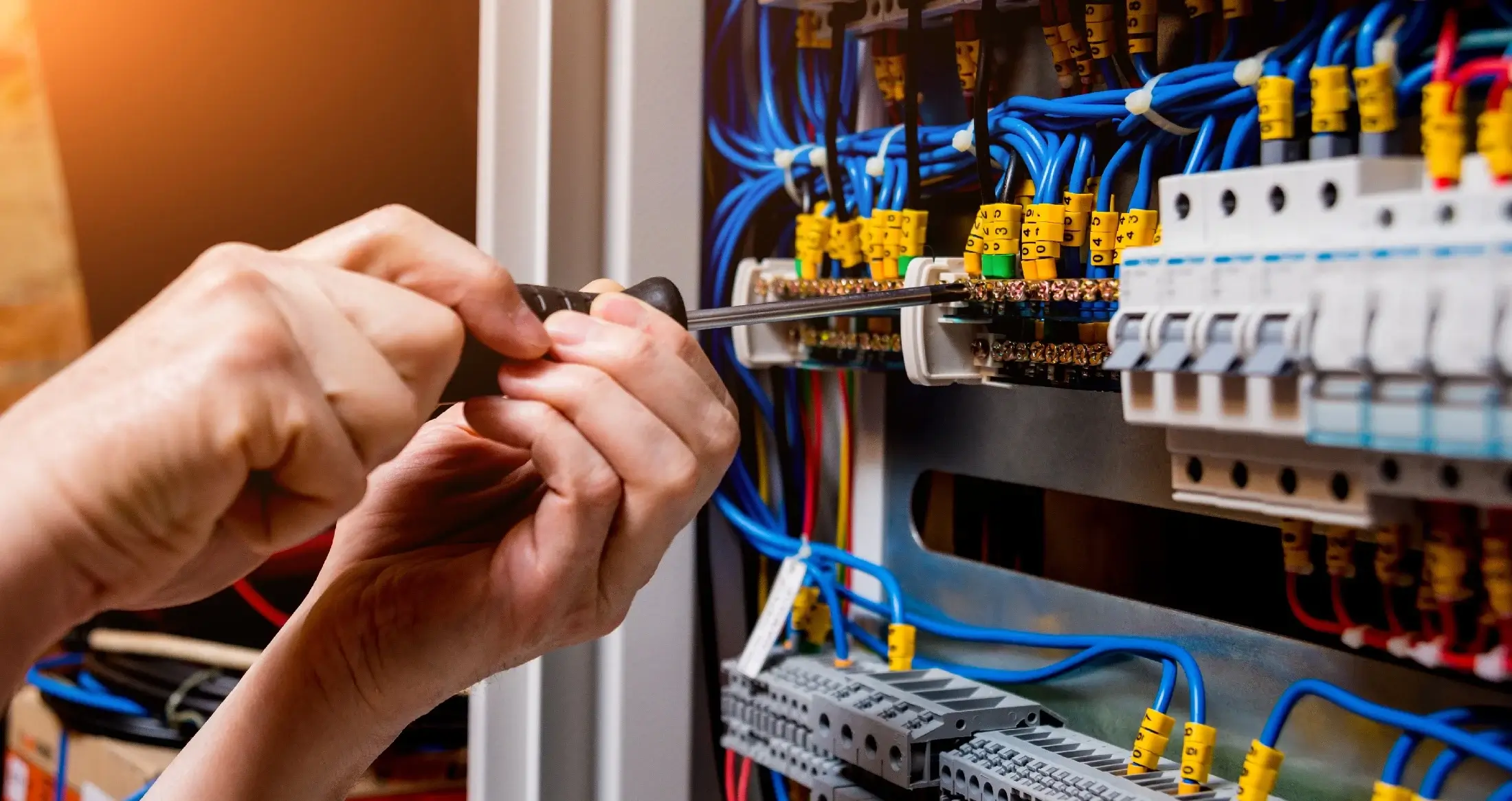
There are several reasons why upgrading your home’s electrical infrastructure is beneficial and, in some cases, necessary.
Reasons to Upgrade:
- Increased Electrical Demand: Modern homes use more electricity than ever before, with multiple devices, appliances, and smart home technologies requiring reliable power.
- Safety Concerns: Outdated electrical systems can pose significant safety risks, including electrical fires, shocks, and short circuits.
- Energy Efficiency: Newer electrical systems are designed to be more energy-efficient, reducing your overall energy consumption and utility bills.
- Home Renovations: Major home renovations or additions often require an upgraded electrical system to handle the increased load.
By addressing these needs through an upgrade, you ensure that your home is safe, efficient, and capable of meeting your current and future electrical requirements.
3. Planning Your Electrical Upgrade
Once you’ve assessed your current system and understood the need for an upgrade, the next step is planning the project. Proper planning involves several key considerations.
Steps to Plan:
- Determine Scope: Identify the extent of the upgrade needed. This may include rewiring, installing new outlets and switches, upgrading the electrical panel, or adding dedicated circuits for high-power appliances.
- Set a Budget: Establish a realistic budget for the upgrade, taking into account labor, materials, and any additional costs such as permits or inspections.
- Hire a Professional: Choose a licensed and experienced electrician to carry out the upgrade. Ensure they are reputable and have positive reviews or recommendations.
- Obtain Permits: Check local building codes and obtain the necessary permits before beginning any electrical work. This ensures the work is legal and meets safety standards.
By carefully planning each aspect of the upgrade, you can avoid common pitfalls and ensure a smooth, efficient process.
4. Upgrading the Electrical Panel
The electrical panel, often referred to as the breaker box, is the heart of your home’s electrical system. Upgrading the panel is a critical component of any electrical infrastructure improvement.
Why Upgrade the Panel:
- Capacity Increase: Older panels may not have enough capacity to support modern electrical loads, leading to frequent breaker trips.
- Safety Improvements: Newer panels have enhanced safety features, such as arc-fault and ground-fault circuit interrupters, which reduce the risk of electrical fires and shocks.
- Code Compliance: Upgrading the panel ensures compliance with current electrical codes, which have stricter safety and efficiency standards.
When upgrading your electrical panel, it’s important to choose one that meets your home’s current and future needs. This may involve installing a panel with higher amperage or more circuits to accommodate additional electrical demand.
5. Rewiring the Home
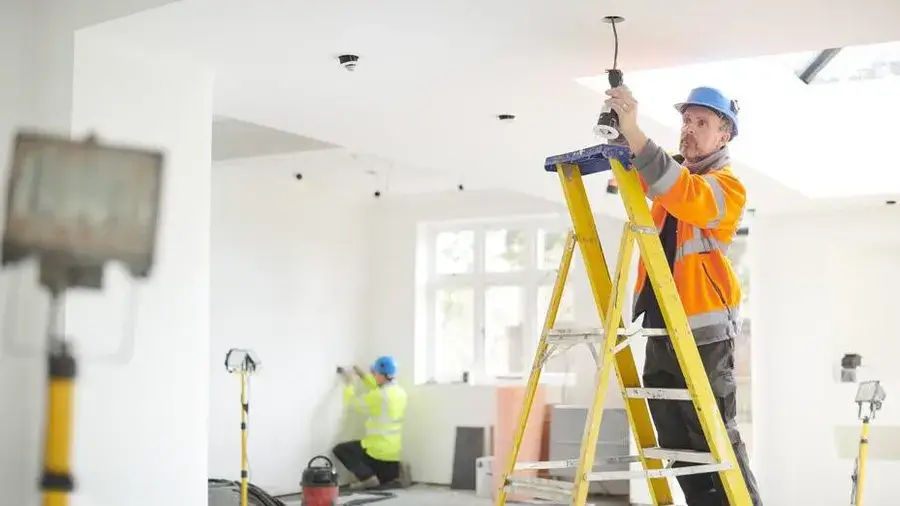
In many cases, upgrading your home’s electrical infrastructure will involve rewiring. This is especially true for older homes with outdated or unsafe wiring.
Benefits of Rewiring:
- Enhanced Safety: Replacing old, worn-out wiring with new copper wiring reduces the risk of electrical fires and other hazards.
- Improved Performance: New wiring ensures a stable and reliable electrical supply, minimizing the chances of voltage drops and power surges.
- Increased Capacity: Modern wiring systems can handle higher electrical loads, making them better suited for today’s energy demands.
Rewiring a home is a complex task that should always be performed by a licensed electrician. The process involves removing old wiring, installing new wires, and ensuring all connections meet current safety standards.
6. Installing New Outlets and Switches
As part of an electrical upgrade, it’s often necessary to install new outlets and switches. This not only improves convenience but also enhances safety and functionality.
Considerations for Installation:
- Placement: Ensure outlets and switches are conveniently located and comply with building codes. This includes installing outlets in all necessary areas, such as kitchens, bathrooms, and bedrooms.
- Type: Choose the right type of outlets and switches for each location. For example, ground-fault circuit interrupter (GFCI) outlets are required in bathrooms and kitchens to protect against electrical shocks.
- Smart Options: Consider installing smart outlets and switches that can be controlled remotely and programmed to optimize energy usage.
Upgrading outlets and switches as part of your electrical infrastructure improvement ensures that your home meets modern standards and provides enhanced safety and convenience.
7. Integrating Smart Home Technologies
Modernizing your home’s electrical infrastructure presents an excellent opportunity to integrate smart home technologies. These technologies not only enhance convenience but also contribute to overall energy efficiency.
Smart Home Integration:
- Smart Thermostats: Control heating and cooling systems remotely, optimizing energy use and reducing utility bills.
- Smart Lighting: Use automated lighting systems to reduce energy consumption and enhance security.
- Energy Monitoring: Install energy monitoring devices that provide real-time data on your home’s energy usage, helping you identify and reduce waste.
By integrating these smart technologies, you can create a more efficient, comfortable, and secure living environment.
8. Enhancing Energy Efficiency
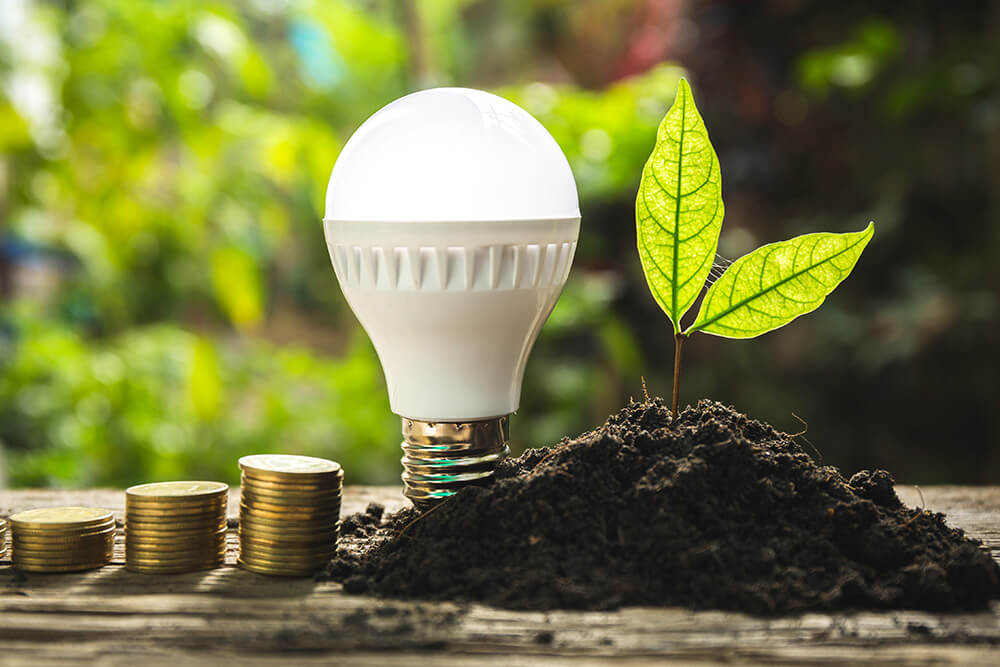
Upgrading your home’s electrical infrastructure also provides an opportunity to enhance energy efficiency. By implementing a few key strategies, you can significantly reduce your home’s energy consumption.
Energy Efficiency Tips:
- LED Lighting: Replace incandescent bulbs with energy-efficient LED lights, which use less electricity and have a longer lifespan.
- Energy Star Appliances: Upgrade to Energy Star-rated appliances that consume less energy and water than standard models.
- Insulation and Sealing: Improve your home’s insulation and seal any air leaks to reduce the load on heating and cooling systems.
These measures not only lower your energy bills but also contribute to a more sustainable home.
9. Future-Proofing Your Home
When upgrading your electrical infrastructure, it’s important to consider future needs and technological advancements. Future-proofing your home ensures that it remains safe, efficient, and capable of supporting new technologies.
Future-Proofing Strategies:
- Ample Capacity: Install a load center with enough capacity to handle future electrical demands, such as additional circuits for new appliances or an electric vehicle charging station.
- Flexible Wiring: Use flexible wiring systems that can easily accommodate changes and upgrades.
- Technology Integration: Plan for the integration of future smart home technologies and renewable energy sources, such as solar panels or home battery storage.
By future-proofing your home, you ensure that it remains adaptable and ready for new advancements in electrical technology.
10. Hiring the Right Professionals
Upgrading your home’s electrical infrastructure is a complex task that requires professional expertise. Choosing the right electrician is crucial to ensuring that the work is done safely and to code.
Tips for Hiring an Electrician:
- Verify Credentials: Ensure the electrician is licensed, insured, and has a good reputation.
- Check References: Ask for references and read reviews from previous clients to gauge the quality of their work.
- Get Multiple Quotes: Obtain quotes from several electricians to compare prices and services.
- Discuss Scope: Clearly outline the scope of the work and any specific requirements you have.
Hiring a qualified and experienced electrician gives you peace of mind that your electrical upgrade will be completed safely and effectively.
Conclusion
Upgrading your home’s electrical infrastructure is a significant investment that pays off in terms of safety, efficiency, and the ability to support modern electrical demands. By assessing your current system, planning carefully, and integrating advanced technologies, you can create a safe, efficient, and future-proof home. Whether you’re addressing immediate safety concerns or preparing for future needs, understanding the key aspects of electrical upgrades ensures a successful and beneficial project.
John Richardson
Related posts
Stay connected
Today's pick
- Safety Essentials Every CNC Operator Should Follow DailyCNC machining demands precision, consistency, and discipline—but above all, it requires strict attention to safety. Whether you’re working with mills, lathes, routers, or grinders, every machine has the potential to cause serious injury if mishandled. That’s why CNC operators must follow safety protocols daily, no... The post Safety Essentials Every CNC Operator Should Follow Daily […]

